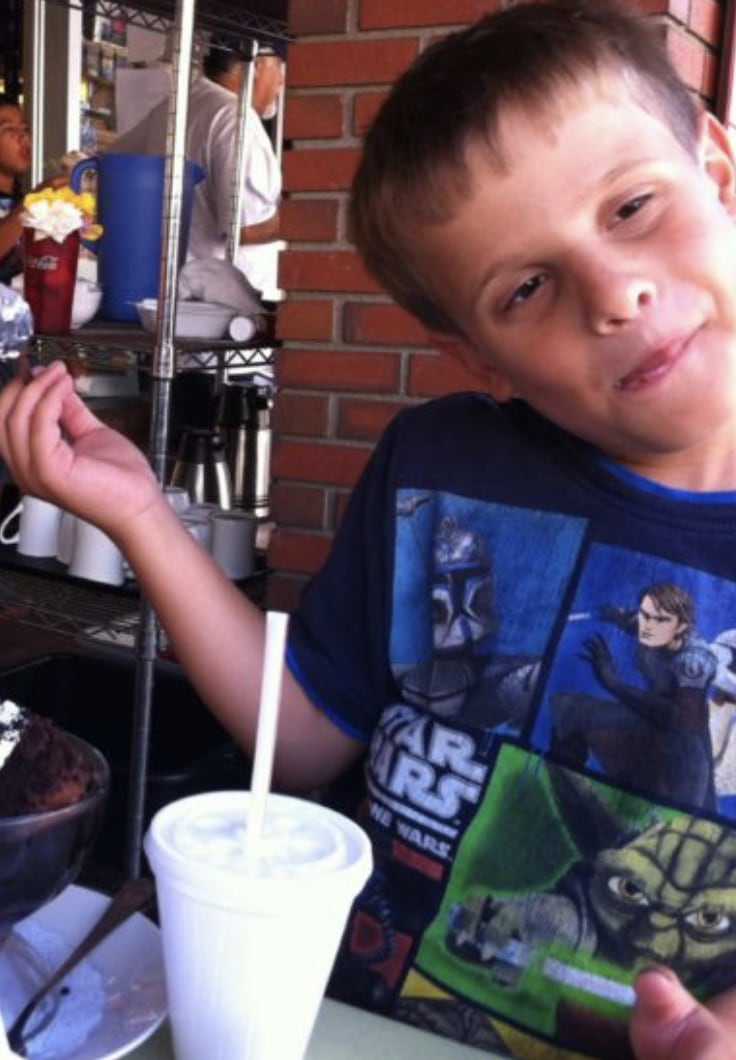There are two common types of ear infections – external and middle ear infections
- External infections start after irritation of the outer ear canal. These usually occur after frequent swimming and are commonly called “swimmer’s ear”.
- The second type involves the middle ear. This usually occurs with blockage of the drainage tube from the middle ear. Fluid can then collect behind the eardrum and become infected. Middle ear infections cause the most problems in young children. They are more common than all other infections in children except “colds”. While most ear infections begin as colds, most colds do not progress to ear infections. If an ear infection is going to occur, it usually takes several days to develop after the cold start
- The rest of this post will focus on middle ear infections
Ear Infections: How to tell if a child has one
Ear pain and fever can mean there is an ear infection. Often the only signs of ear pain are crankiness or eating and sleeping problems. Sometimes there are no signs at all.
Ear pulling is not a reliable sign in infants. Most infants older than three months pull, scratch or play with their ears when no infection is present. Many children with an ear infection do not play with their ears.
Ear Infections: Complications
Mild hearing loss or abnormal hearing are commonly seen. These hearing problems are almost always temporary. However, even mild hearing problems can interfere with a child’s learning and development, especially speech development. Therefore, appropriate treatment and follow-up are more important for young children. Serious infections rarely are found.
Ear Infections: Are antibiotics needed?
Ear infections are usually caused by bacteria. Antibiotics (like amoxicillin) are medicines which kill bacteria and can be treatment options. However, over 80% of ear infections resolve just as quickly (or slowly) with antibiotics as without any antibiotic. In other words, antibiotics do not help over 80% of children as most children get well quickly without any medication.
Since problems may result from the use of antibiotics, there are many situations when it is best to NOT treat with antibiotics. For example, if your child has minimal symptoms (is only slightly bothered by ear discomfort) it is not necessary to treat with antibiotics.
For many children (especially under age 3 years) with ear pain and/or fever in this country, an antibiotic is prescribed. You should always take the full course of antibiotics if one is prescribed. The most worrisome situation occurs when a child is “partially treated”, or given less than the full prescription. Even if your child seems completely well within a few days after starting an antibiotic, always finish the antibiotic.
Ear Infections: Use of pain medication
In children older than 3 years of age, a common treatment strategy is to use pain medication for several days. Antibiotic treatment can be selected for those children who do not get better during that time. Please feel free to discuss treatment with your physician.
Middle ear pain can be relieved with Tylenol (Panadol, Tempra etc) or Motrin/Advil. The correct dose and frequency is the same as the dose and frequency used for fever control. Warmth (from a hot water bottle or heating pad) applied to the outside of the ear will also help soothe the discomfort. These measures are especially helpful when the pain arises at night. Ear infections are not serious medical problems and usually do need not require emergency room or urgent care visits.
Does your child get frequent ear infections?
There are several reasons that might explain why your child gets more ear infections than other children.
- Ear infections may run in your family because of an abnormal position of that drainage tube from the middle ear.
- Smoking in the household irritates the drainage tube and increases the likelihood of middle ear fluid accumulating.
- Allergies can also cause the drainage tube to malfunction
- Children who drink from a bottle while lying flat on the back are more prone to ear problems.
- Frequent colds (brought home by an older brother or sister, or contracted from other children at daycare or pre-school can increase risks.
- Children that use a pacifier and attend daycare are at highest risk.
Ear Infections: Prevention
Many parents wonder if getting water in the ear when bathing or swimming can increase middle ear infections. Others may wonder if cold wind blowing on the ear is related to ear problems. In fact, neither bath or pool water nor cold drafts are causes. Keeping the ears dry and using ear muffs will not decrease risk or speed recovery.
There are a few things you may be able to do to help prevent middle ear fluid and ear infections.
- Stop your child’s exposure to cigarette smoke.
- Do not to allow your child to lie flat on the back and drink (from a bottle). If your child likes to lie down with the bottle, then you should use a pillow to prevent lying flat.
- Stop using a pacifier.
- Try to decrease your child’s exposure to other children with colds.


